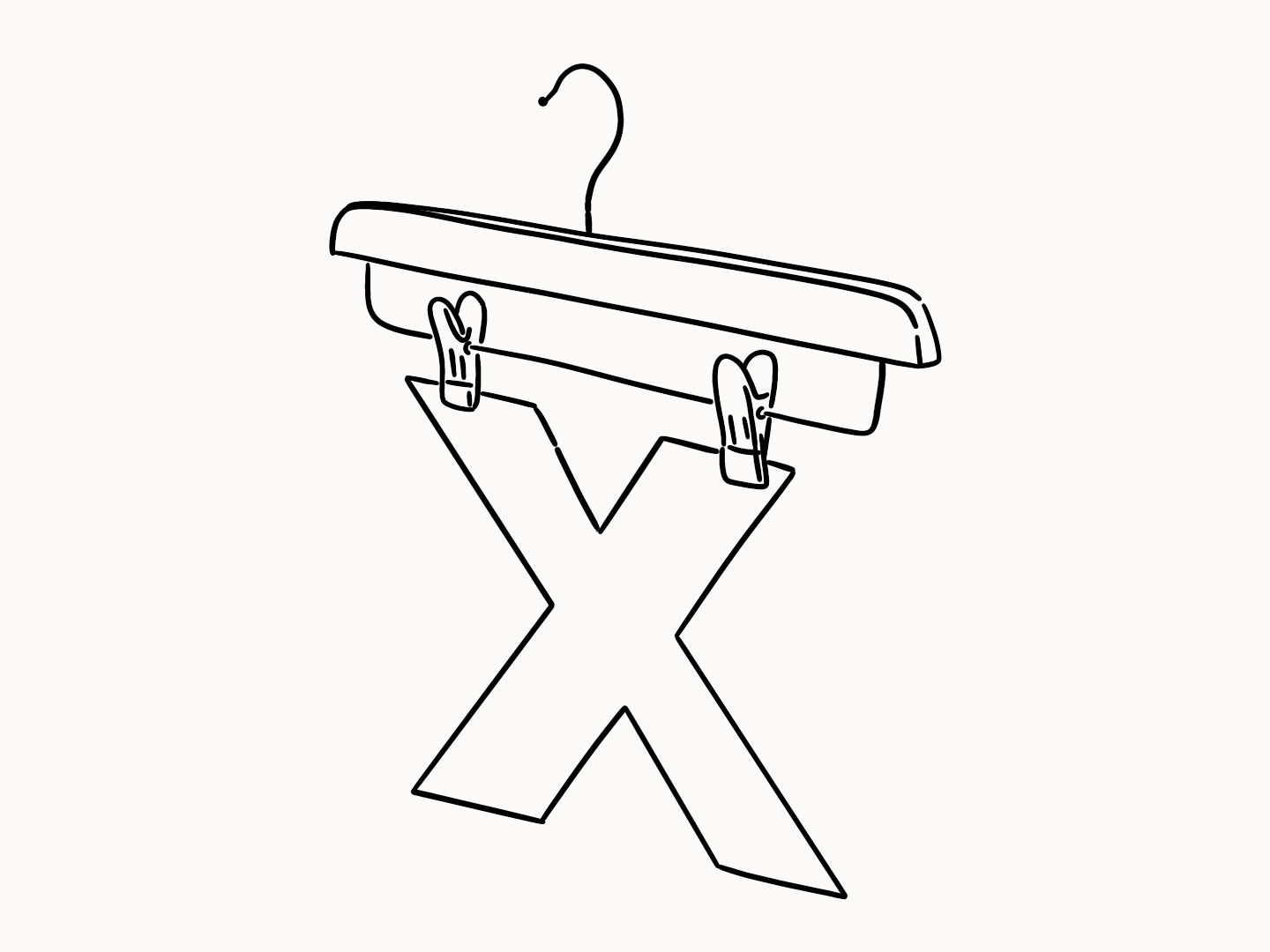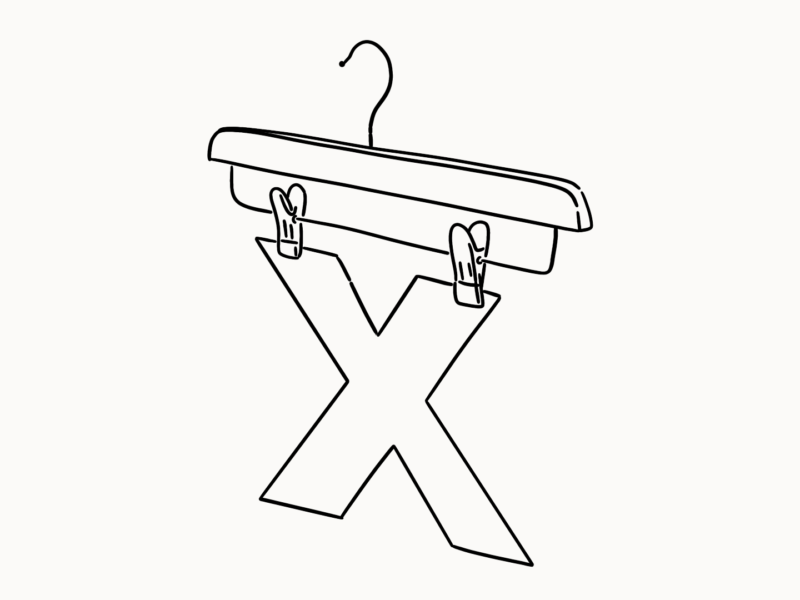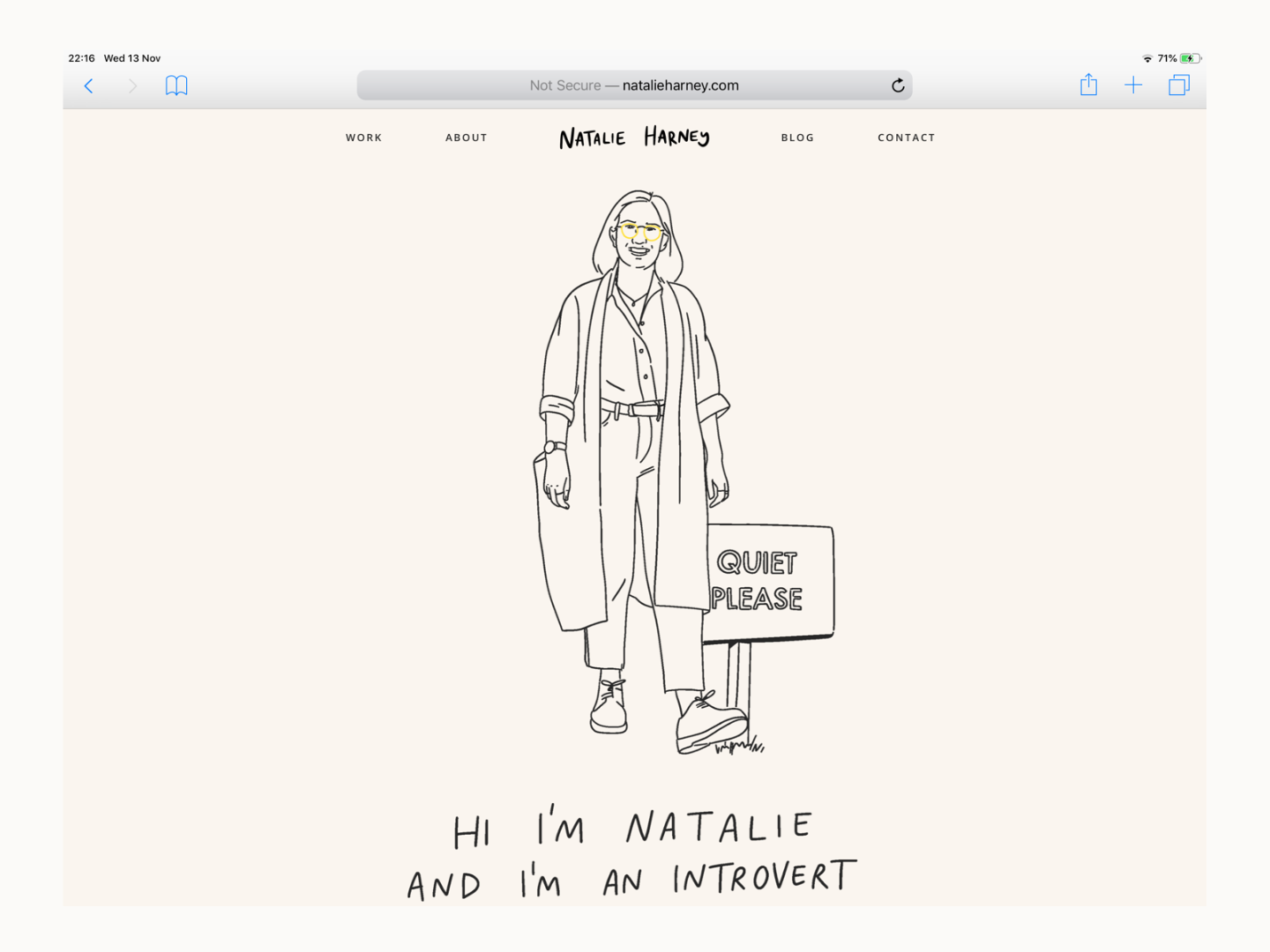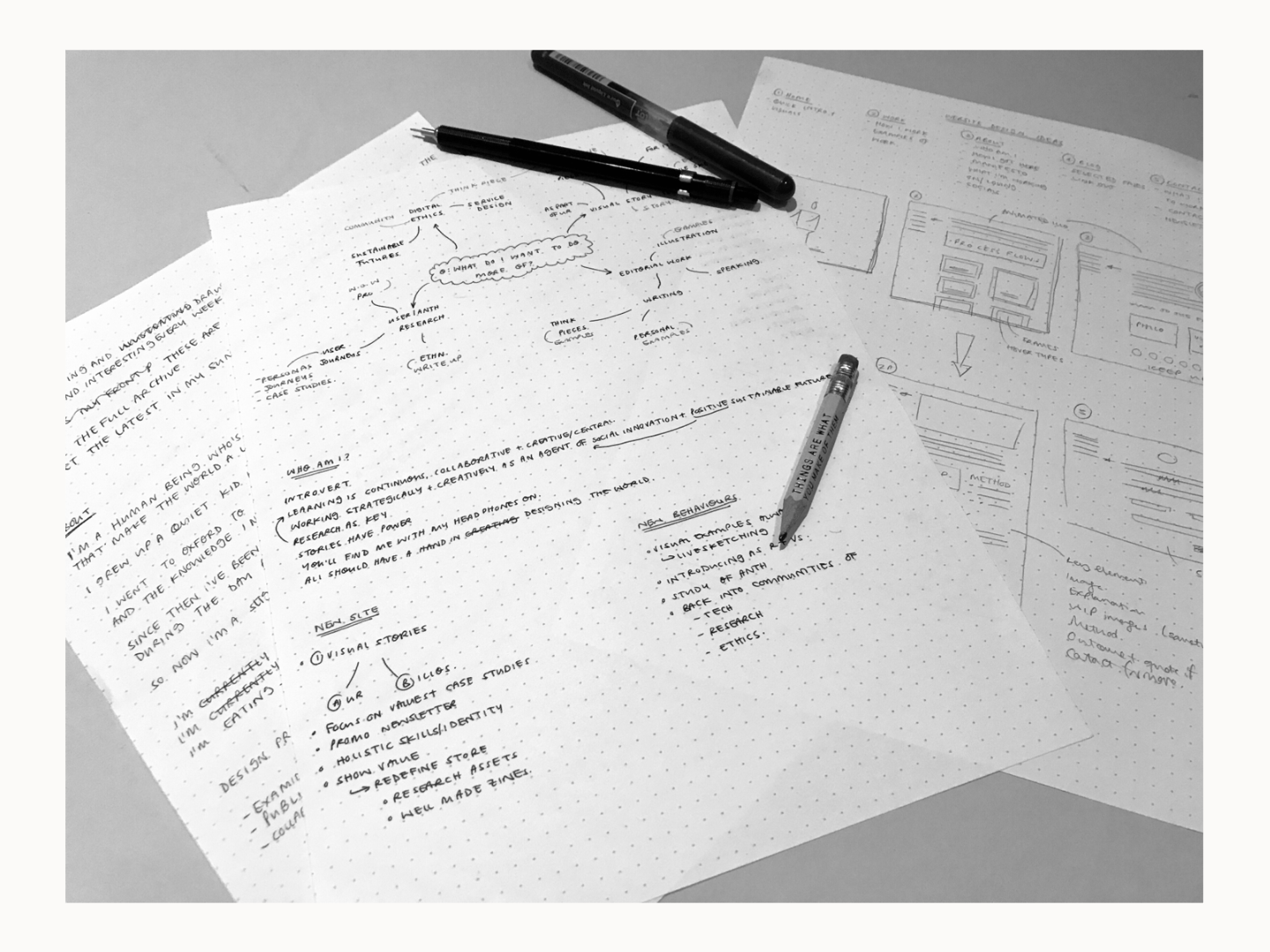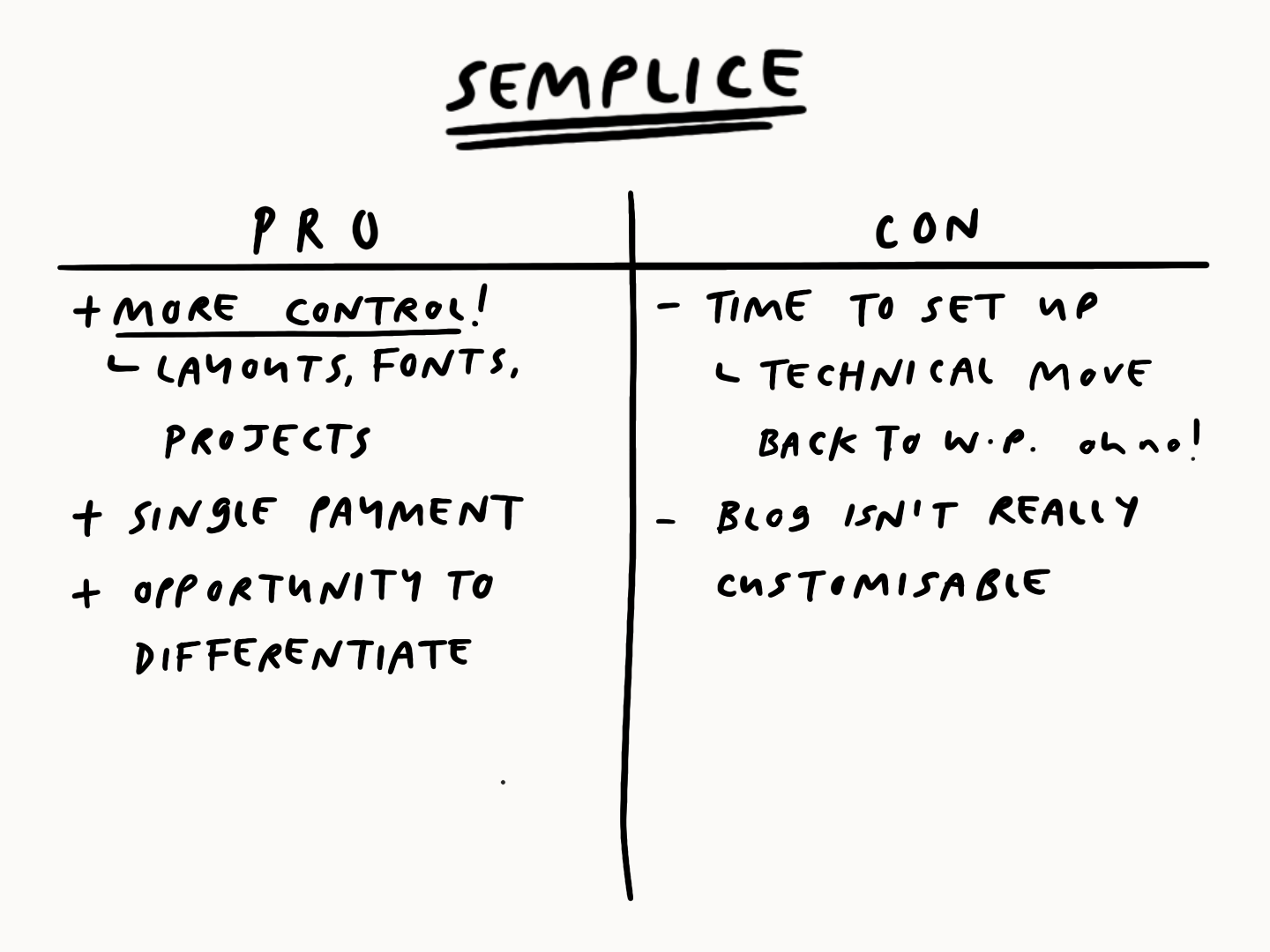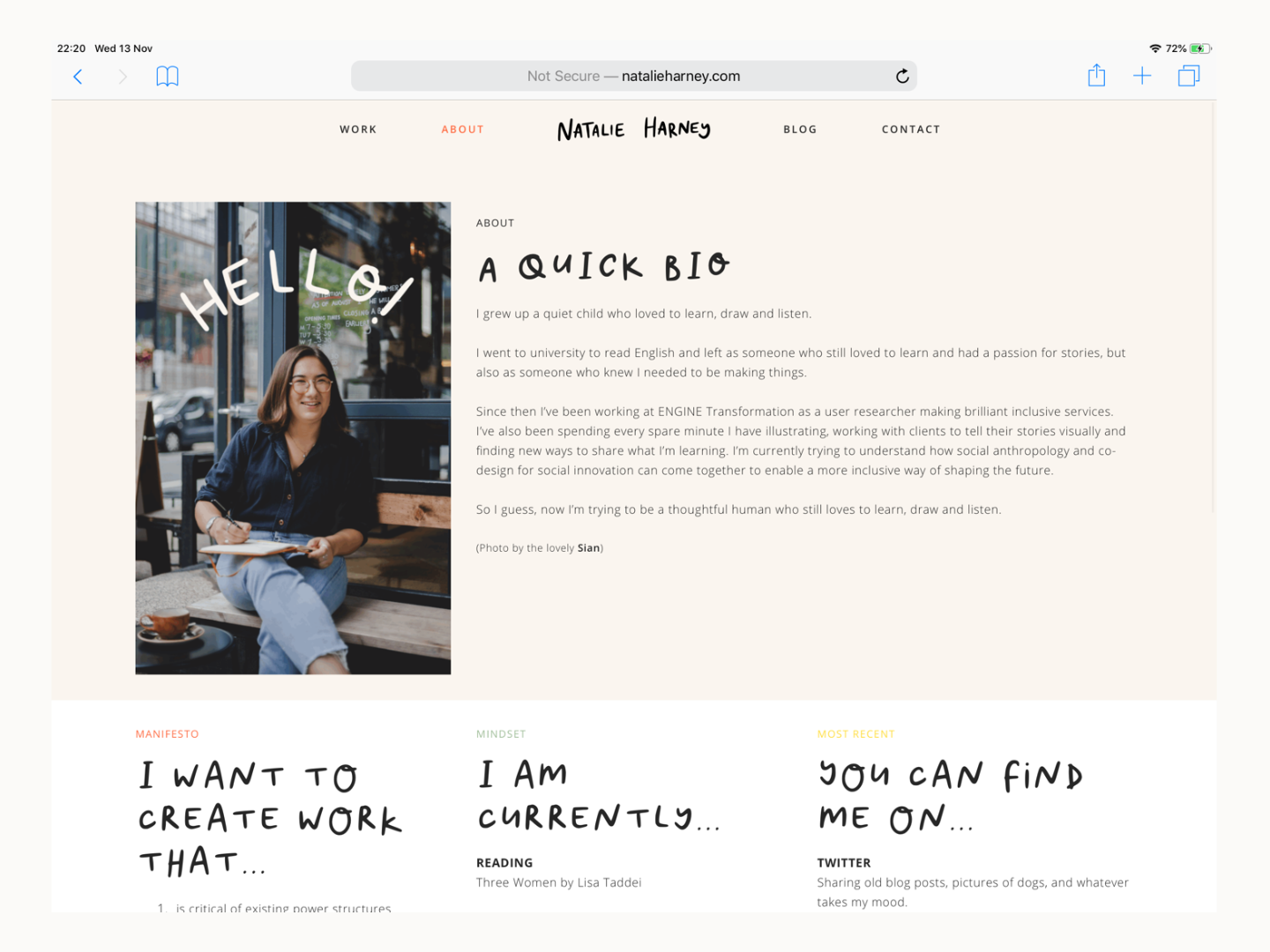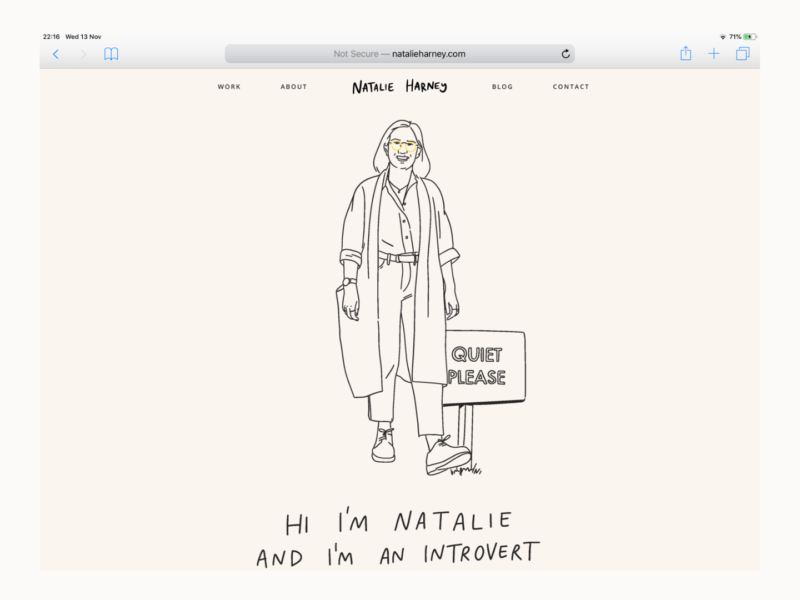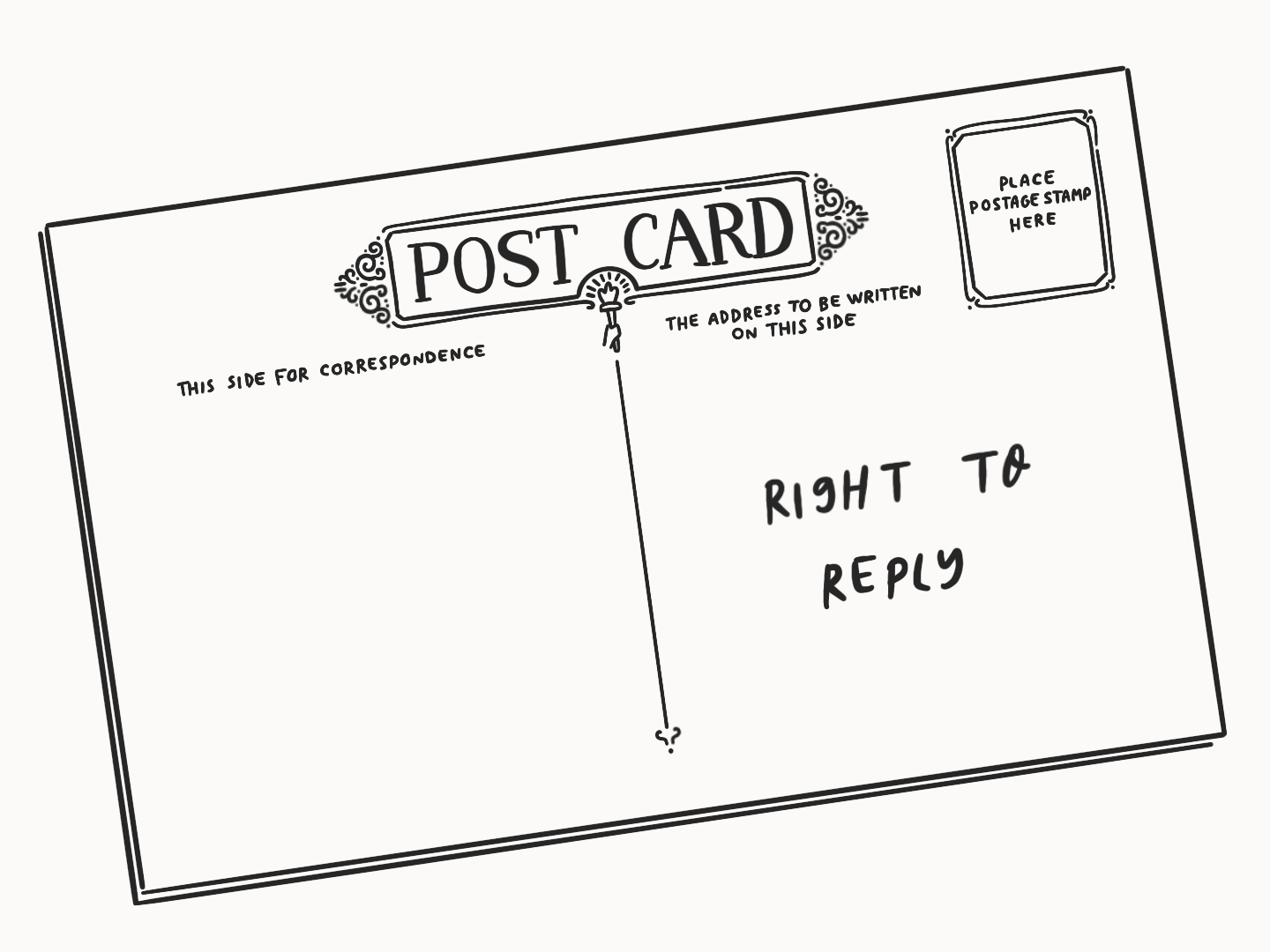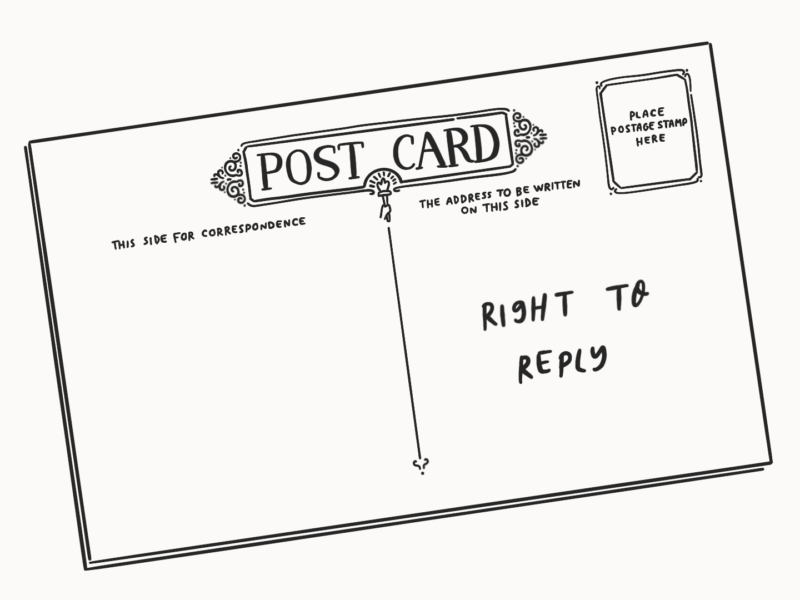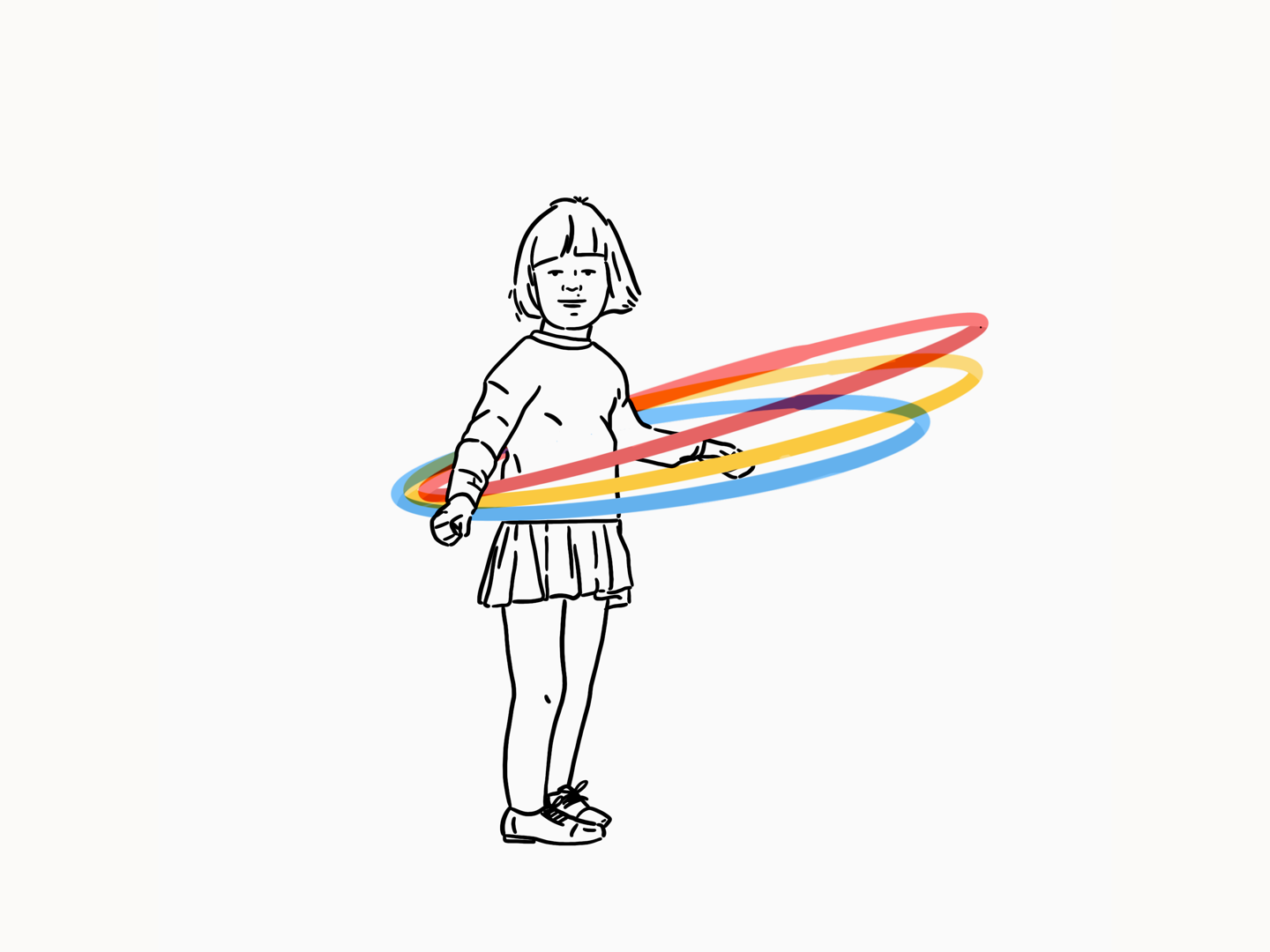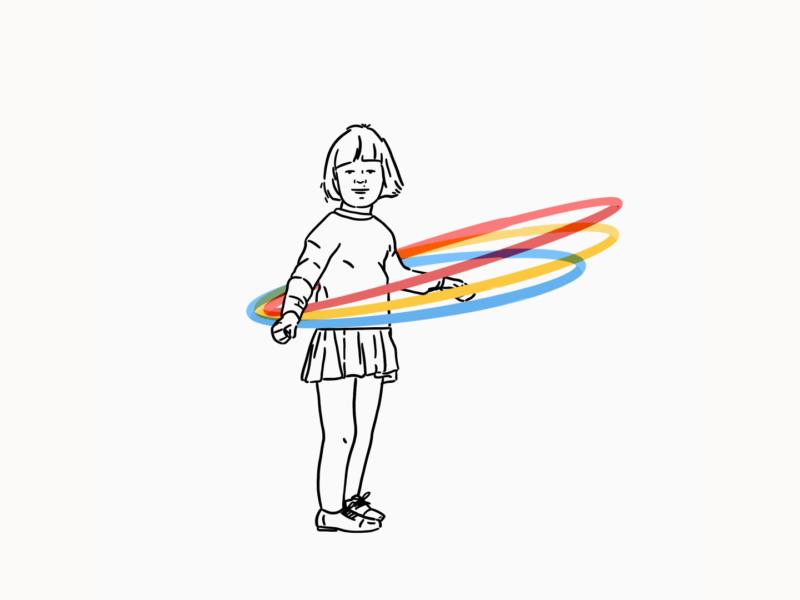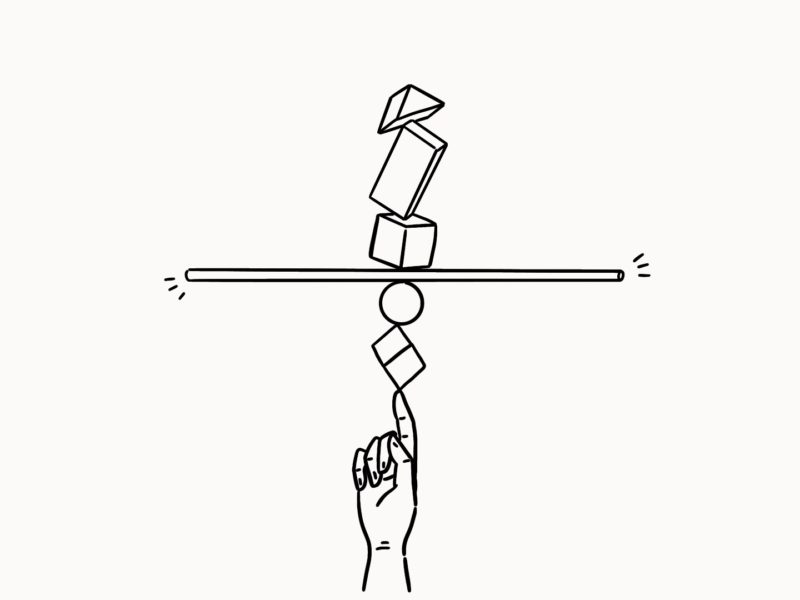A friend asked me if I’d ever written about how I balance having a full time job and doing side projects, and I realised I hadn’t since I was a grad swimming in free time.
Since then, I’ve shifted my priorities. I’ve found work I find fulfilling and I’ve realised I don’t think I will ever want to be a full time illustrator. But I’m still committed to drawing and creating work outside of my ‘day job’. So, I thought it was worth spending a little time writing about it. There are lots of people out there selling side hustles as vehicles to eventually being freelance. That’s not where I’m at. Side hustles are a vehicle for me feeling good in my day to day, to learning more and challenging myself. But they are really the side car.
So, I want to kick this piece off by saying I don’t think there’s such a thing as the perfect balance. There’s no ultimate schedule that will work. It’s personal and constantly changing.The cover image for this piece is quite misleading. There aren’t just two sides and you aren’t always in control. The only way I think balance works as a term for this work is to imagine you’re stood on a balance ball. You’re wobbling all over the place, in every direction. You have to engage your whole body to stay standing. But you can’t do that forever, no matter how strong you are, you have to step off or stumble, then get back up and find a place where you can stand again. Sometimes you have to do that while holding onto other things or people. That’s the kind of ‘balance’ I’m talking about, it’s not a perfect equilibrium.
The other caveat I want to give is that I’m not going to share a set schedule of how I work, which is something I’ve done in the past. I’m personally trying to release by vice-like grip on routines and patterns, so it didn’t feel healthy to set one in internet stone.
Instead, I wanted to approach talking about working a full-time job while maintaining other pursuits as a bit of an exercise where I talk about the personal value of each element as well as the time it takes. I think this is a really useful way to reflect on how you’re trying to stay on the balance ball of life while staying fulfilled. So, if you take anything away from this post, I think doing a similar activity rather than following my set up is what I’d hope it would be.
So, in no particular order (seriously) these are the things I’m spending my time on these days.
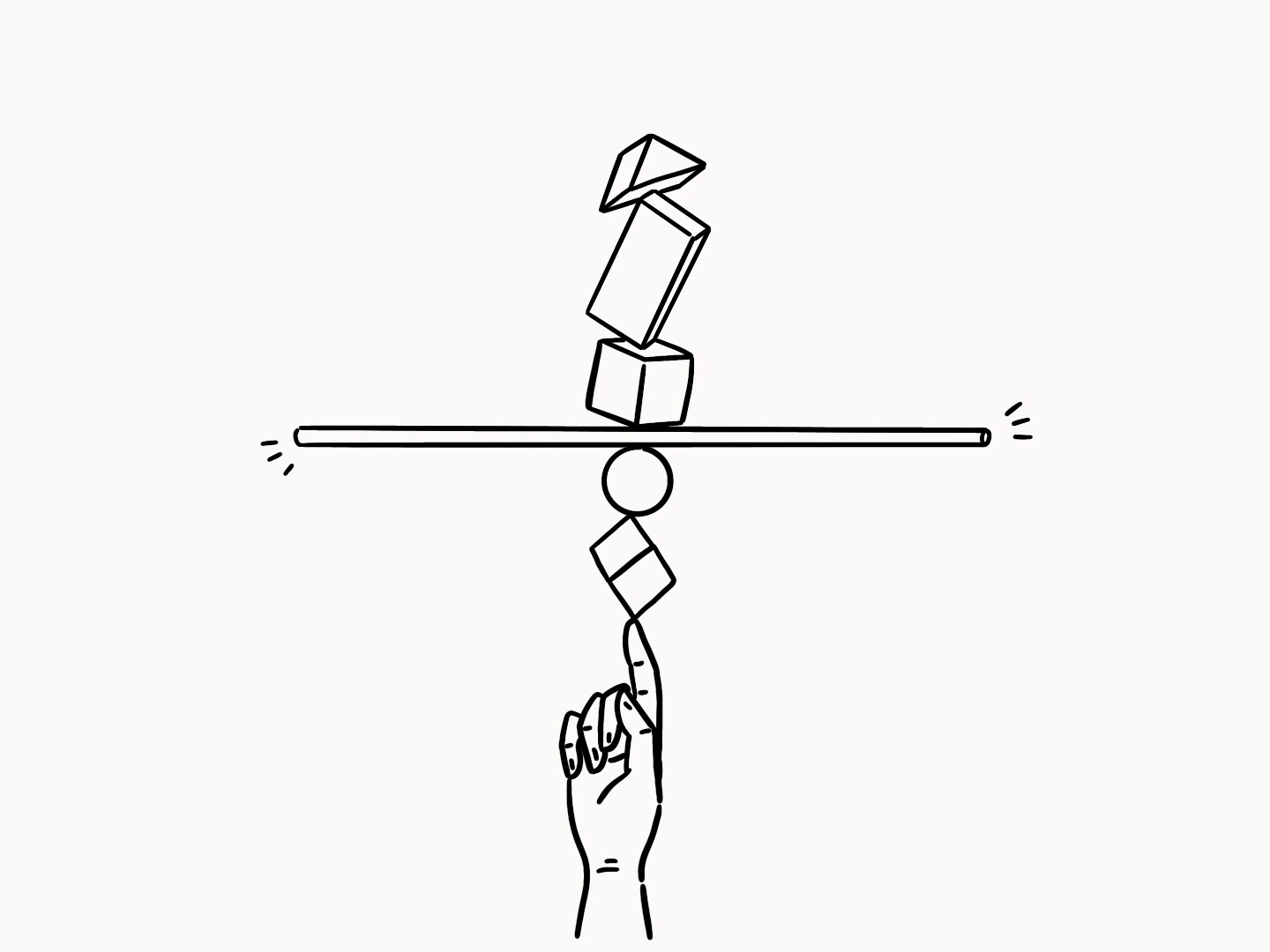
Job
What is it?
I’m a user researcher (and sometime service designer) at Engine Transformation.
Why do I do it?
I get to learn about new things every day. A big part of my job is taking questions out into the world and getting messy human answers back that I then have to shape (often visually) into insights that my team can use to develop services. Going home knowing you’ve elevated someone else’s voice, solved a problem or (the big one) designed something that will improve someone’s life/experience a tiny bit is brilliant.
This is also how I pay my rent.
What’s involved?
More than I can fit in this space but it includes: designing research, conducting user research and testing, analysing outputs, co-designing solutions, and presenting work.
How much time do I spend on it?
40 hours a week
Illustration commissions
What is it?
Working on illustration projects for clients.
Why do I do it?
I like to draw and work with people to express their ideas visually. Illustrating other people is always a challenge that gives you the chance to learn something new.
This isn’t my main source of income, but taking on commissions allows me to support doing fun things, having the tools to illustrate more and invest in my learning.
What’s involved?
It varies from project to project. But there’s always an initial chunk of work understanding what a client wants and shaping their vision for the project. I usually turn in some drafts then through feedback I refine them. There’s also the, slightly less fun, work of negotiating budgets, drawing up contracts and organising invoices.
I try to save my actual illustrating time for a weekend where I can really have the time to get stuck into a piece.
How much time do I spend on it?
2 hours or so of admin and 6+ hours of drawing a week
Blog
What is it?
You’re reading it right now!
Why do I do it?
This is the constant question I’m asking myself. I see this blog as an outlet to improve my writing and illustration skills. It’s a place to organise my thoughts. It’s also a place to display my work, particularly when linked to my social media it’s the reason a lot of people reach out to me for illustration work.
What’s involved?
I used to plan, in a very structured way, 3 month chunks of content. Now I have an ideas list that I add to when inspiration strikes, then I work my way through the list and write the content that feels fitting at the time. That has meant that my content schedule is a little more haphazard, but I’m not an influencer, I’m just a person who likes to write and draw.
I write one or two posts a week and draw a little something to go with each one. I illustrate more than I write, with the extra drawings making their way onto social media.
There’s a good chunk of time I end up spending each week on blog admin like scheduling posts and social media posts.
How much time do I spend on it?
4 hours a week
Newsletter
What is it?
A weekly(ish) personal newsletter.
Why do I do it?
This is probably my favourite personal creative outlet at the minute. It gives me space to reflect on what I’m learning and share things I’m loving.
What’s involved?
I have a whole post about this one! I gather up articles I love, write a short personal essay, make some animated illustrations and put it all together using mailchimp.
How much time do I spend on it?
2 hours, give or take, a week
Learning
What is it?
Time spent broadening my horizons, sharpening my mind, or learning about my crafts.
Why do I do it?
I love learning. Taking time to read about things that are outside my general field of work is how I get a lot of my inspiration, and there’s nothing more exciting than making a cool idea connection.
What’s involved?
I’ve read a lot this year. I also try to attend classes (online and physical) when I can.
How much time do I spend on it?
About 6 hours a week on audio books and 4 hours of reading otherwise. If I’m attending a class this might be more
Seeing loved ones
What is it?
Spending time with family, friends and my boyfriend.
Why do I do it?
They’re all good eggs and spending time with them makes me happier and better.
What’s involved?
I try to see people every week, which as a natural hermit takes a little bit of scheduling. I also make time to write to or skype friends who are far away, and I always call my mum.
How much time do I spend on it?
Not as much time as I should! 7 hours + a week
Wellbeing
What is it?
This category for me is primarily exercise. But I’m also including the other things I do to look after my mental health.
Why do I do it?
I’m going to write a longer piece on my changing relationship with my body, but in short, you only get one body and it’s important to look after it so that you can experience all of the things you otherwise want to. Recently, I’ve been using exercise to feel more grounded in my body and I’ve been getting stronger and seeing progress. As an anxious bear, having a physical outlet is hugely important.
What’s involved?
Right now, I do about two fitness classes a week and two short runs. On the mental health front, I try to have at least one session a week of something to work through my gremlins.
How much time do I spend on it?
4 to 5 hours a week
Household bits and pieces
What is it?
All the things you have to do to look after yourself – cooking, cleaning, staying on top of your post. It felt remiss to leave out the domestic labour you have to do in order to stay afloat. When people say you have as much time in a day as Beyoncé they’re forgetting that Beyoncé has a whole team to look after her and her family, not a luxury many of us can afford.
Why do I do it?
They’re basic functional needs. I probably spend more time on this stuff than I necessarily have to, because I love cooking and because having an organised space makes me feel more in control.
What’s involved?
I won’t break everything down, but I clean and meal prep for the week (lunches and dinners) over the weekend.
How much time do I spend on it?
5 hours or so a week.
These timings obviously change depending on what’s going on in the week. The eagle eyed among you will have noticed that I’m probably a few hours short, but there’s also time spent watching TV, daydreaming, walking and scrolling (unfortunately) that I’ve not written about.
It’s completely possible to do a job you love and still work on other things. But I think you have to be realistic about the amount of time you have in a day and use the small windows you do have wisely.
Natalie
